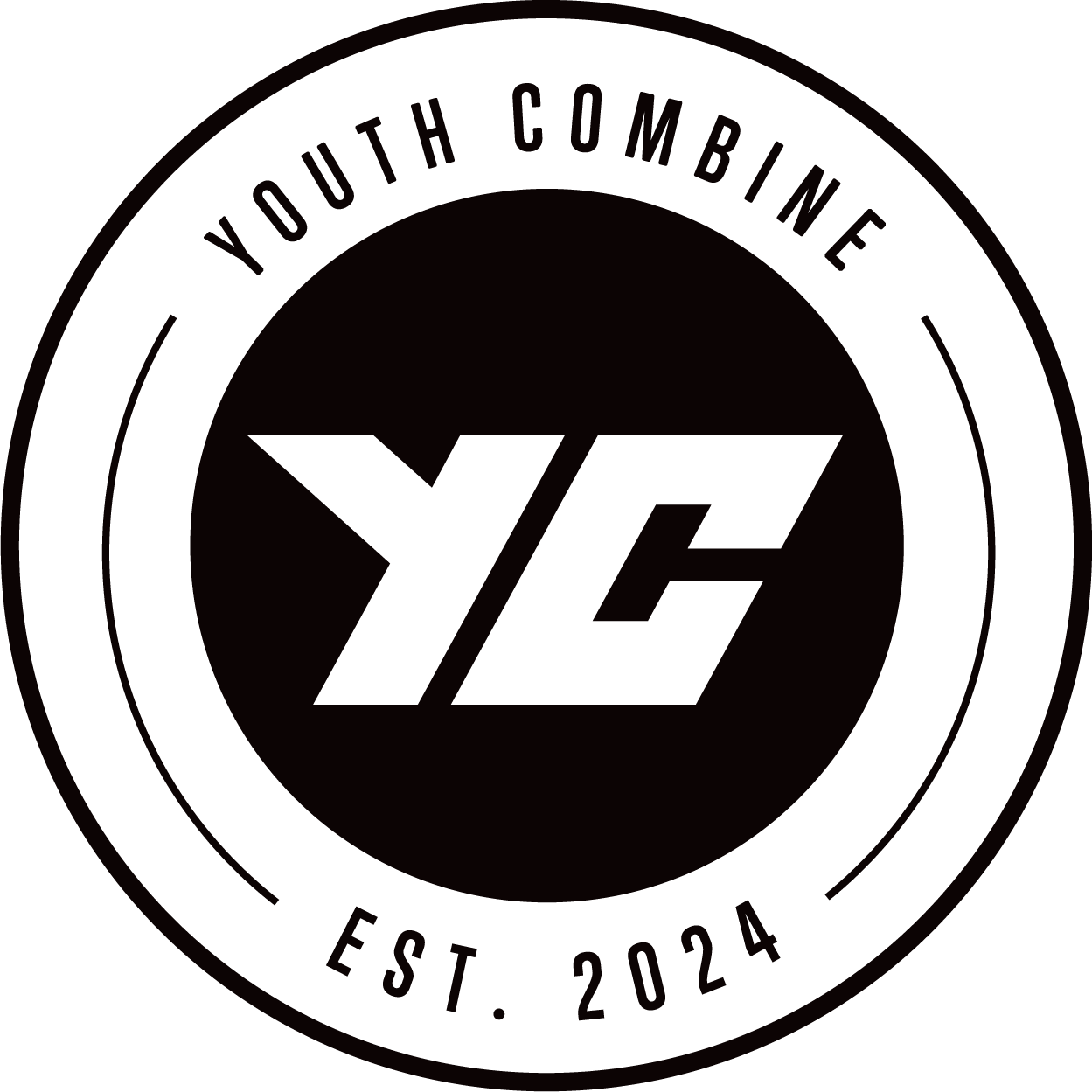Athletic performance score
Youth Combine USA has developed an algorithm that measures performance and ranks youth athlete skills. The resulting score is the APS.
Similar processes are used by professional sports leagues to evaluate athletes across a wide range of data points to forecast future success.
Each Youth Combine USA event engages athletes 6 to 14 years old in age specific groups in a fun and inclusive “red carpet” experience while generating vast amounts of valuable NEW sports science data.
Our team of science and research partners will analyze the data gathered at each Youth Combine USA and identify trends that provide a level of projectability to future athletic achievement opportunity. Year-over-year data, coupled with participation in combines and APS analysis, serves as a valuable tool for parents and young athletes, aiding in the identification of potential best sports and activities. This comprehensive approach supports rational planning and decision-making as athletes and parents navigate specific sport choices and pursue scholarship goals.
APS IS THE FIRST OF ITS KIND FOR YOUNG ATHLETES AND DELIVERS THE THREE Ps:
U7 / U9/ U11 / U13 / U15
ONE CHAMPION PER AGE & PER GENDER
APS combine testing
50 Yard Dash
The 50 Yard Dash is a test of speed and power. Starting from a three-point stance each athlete runs 50 yards as fast as they can. Split times are recorded at 40 and 50 yards to measure acceleration.
60 Yard Shuttle
The 60 Yard Shuttle is an anaerobic test featuring a ladder shuttle of progressing distances. From a starting line, each athlete runs 5 yards and back, then 10 yards and back, then 15 yards and back, touching the line each time.
Broad Jump
Similar to the vertical jump, the Broad Jump is a test of lower body strength, explosion, and power. The broad jump measures how far you can jump, not how high. From a standing position, the player jumps forward off two feet as far as he can.
Vertical Jump
Similar to the Broad Jump, the Vertical Jump is test of explosion and power. The player jumps off both feet straight up as high as he or she can.
Cone Alley
The athlete will start at the back row and run forward. Always keep the forward cone in front of the body. Going back to the first row will be determined by the coach. Run forward, stop with the cone in front of you, backpedal to the next cone in the first row, and go around behind it and run forward.
Static Station
Measurements for the following will be recorded:
Standing Height: Measured to the nearest 0.25 inch.
Weight: Using a calibrated beam-type balance and recorded to the nearest quarter lb.
Hand Grip: Test of hand grip muscle strength, conducted on each hand.
Wingspan: Measured to the nearest 0.25 inch from he middle finger tip to middle finger tip.
Hand Size: Measured to the nearest 0.25 inch.
L-Drill
The 3 Cone or "L-Drill" is one of the most popular combine drills used to measure speed and agility. This drill requires multiple changes of direction in a small space. The player starts by getting down in a three-point stance next to Cone 1. On the command 'Go', he runs to Cone 2, bends down and touches a line with his right hand. Then he turns and runs back to Cone 1, bends down and touches that line with his right hand. Then he runs back to Cone 2 and around the outside of it, weaves inside Cone 3, then around the outside of Cones 3 and 2 before finishing at Cone 1. The player must run forward while altering his running direction, as opposed to strictly stopping and starting in opposite directions.
Run-Shuttle-Run
It is a straight line drill. The athlete runs to the first cone, turns to shuffle to the next one, and then turns and runs to the last cone. Hit the brakes and return to the start. Run, shuffle, run. The middle 4 yards are always shuffle and the outside 5 yards are always run.
Hand Eye Coordination
The Hand Eye Coordination station is a Reaction time tests are used to measure how long it takes to detect, recognize, and create a suitable response to a visual (seeing), auditory (hearing), or kinesthetic (touch) stimulus. This consists of speed lights combined with sound, vibration, sensors and real time data to recreate real game scenarios.













